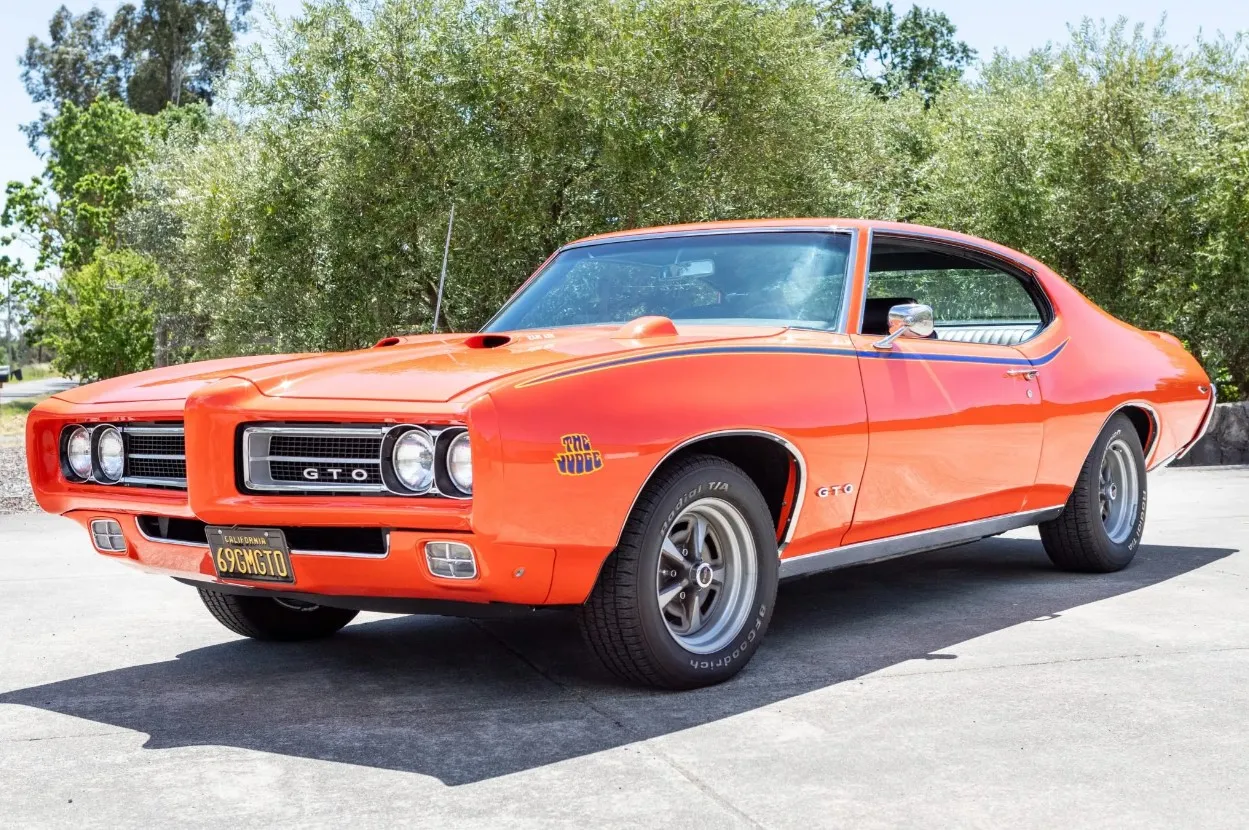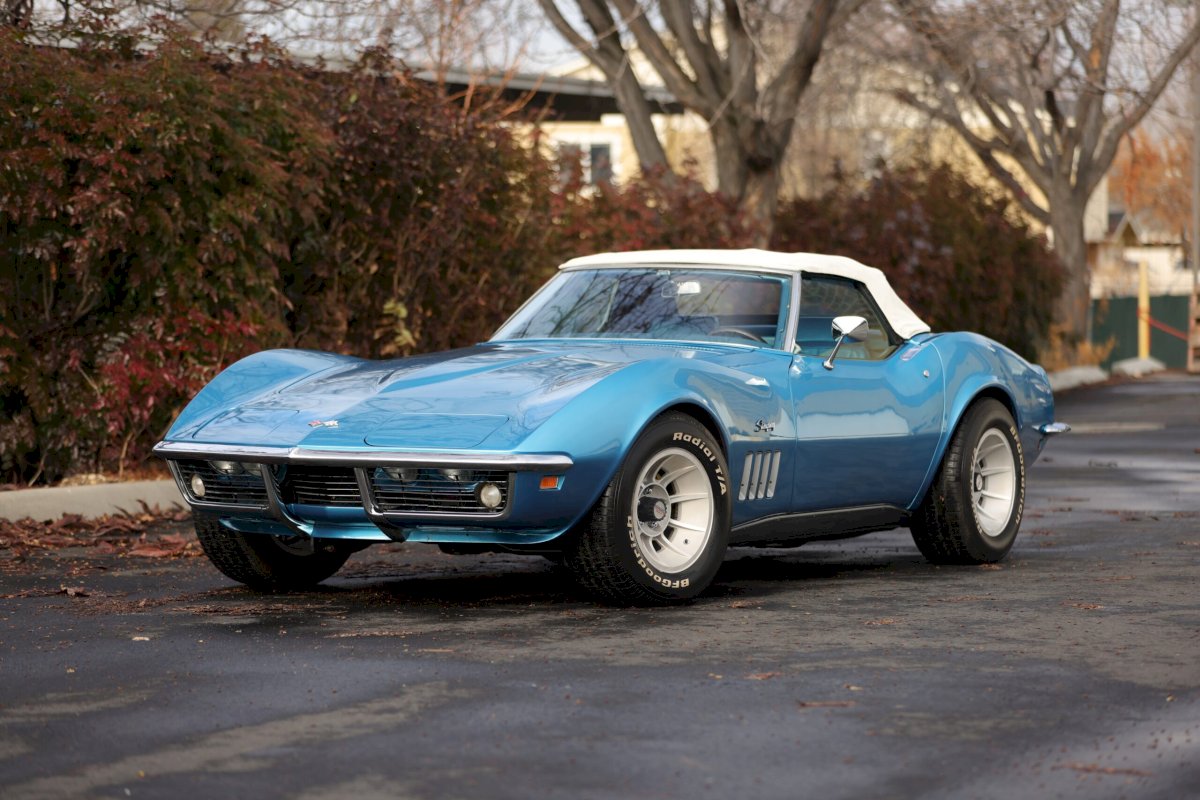The Honda S800, a small but spirited sports car produced by Honda in the 1960s, holds a special place in automotive history. As one of the early pioneers of Japanese sports car manufacturing, the S800 represented a significant milestone in Honda's journey to becoming a respected name in the global automotive industry. In this comprehensive exploration, we will delve into the history, design, performance, technological features, and lasting legacy of the Honda S800.
Origins and Development: Pioneering Excellence
The Honda S800 emerged from the fertile grounds of post-war Japan, a period marked by the country's determination to rebuild and innovate. Founded by Soichiro Honda, the company's philosophy revolved around challenging conventions and pushing the boundaries of engineering. This philosophy found its embodiment in the S800, a sports car that would ultimately solidify Honda's place in the international automotive arena.
Development of the S800 began in the early 1960s, drawing inspiration from the earlier Honda S500 roadster. The S800 aimed to build upon the S500's success while incorporating advancements in technology and design. The car's development was driven by the vision of Soichiro Honda himself, who believed that a small-displacement sports car could compete with larger, more established players.
Design and Features: Form Meets Function
The design of the Honda S800 was a harmonious blend of form and function, reflecting the company's commitment to precision engineering and aesthetic appeal. With its sleek, aerodynamic lines and compact dimensions, the S800 exuded a sense of elegance and agility. The car's low-slung profile, prominent fenders, and rounded headlights contributed to its sporty and charismatic appearance.
One of the most striking features of the S800 was its retractable convertible top, which allowed drivers to seamlessly transition from an enclosed cabin to an open-air driving experience. This feature was a testament to the car's versatility and the innovative mindset that Honda was known for. The interior of the S800 was designed with driver-focused ergonomics in mind, featuring a simplistic yet elegant dashboard layout and high-quality materials that conveyed a sense of refinement.
Engineering Marvel: Power and Performance
Under the hood, the Honda S800 was powered by a jewel-like masterpiece of engineering – a 791cc inline-four engine. This engine was a technological marvel of its time, featuring double overhead camshafts (DOHC) and four individual carburetors. Despite its small displacement, the engine produced an impressive 70 horsepower, thanks to its high-revving nature and advanced design.
The S800's engine was mated to a smooth-shifting four-speed manual transmission, allowing drivers to make the most of the engine's powerband. The car's lightweight construction further accentuated its performance capabilities. With a top speed of around 100 mph (160 km/h) and a 0 to 60 mph time of approximately 12 seconds, the S800 showcased its prowess on both open roads and winding tracks.
Cultural Impact: Redefining Expectations
Upon its release, the Honda S800 garnered attention not only for its impressive performance but also for its impeccable engineering and attention to detail. It was a testament to Honda's ability to create a sports car that could rival the best in the world. The S800's success challenged the perception that Japanese automakers were limited to producing small, utilitarian vehicles.
In many ways, the S800 paved the way for the global recognition of Japanese automakers as producers of high-quality, performance-oriented vehicles. It established Honda as a serious contender in the sports car market and set a precedent for the company's commitment to precision engineering and technological innovation.
Enduring Legacy: A Timeless Classic
The legacy of the Honda S800 is one of enduring appreciation and reverence among automotive enthusiasts and collectors. While production of the S800 was relatively limited – spanning from 1966 to 1970 – its impact is immeasurable. The car's engineering excellence, elegant design, and remarkable performance capabilities have ensured its place as a true classic.
The S800's legacy lives on in the hearts of enthusiasts who recognize its significance in shaping the trajectory of Japanese sports cars. Its influence can be seen in subsequent Honda models, as well as in the broader Japanese automotive industry's drive for excellence and innovation.
Conclusion: A Masterpiece of Precision and Performance
-1692329754x1024.jpg)
The Honda S800 is an automotive masterpiece that transcends time and borders. From its humble beginnings in post-war Japan to its enduring status as a classic icon, the S800's journey is one of innovation, determination, and engineering brilliance. The car's combination of performance, design, and engineering excellence serves as a testament to Honda's commitment to pushing the boundaries of what is possible in the automotive world.
As the automotive landscape continues to evolve, the Honda S800 remains a shining example of how a small, dedicated team with a bold vision can create a vehicle that captures the hearts and imaginations of enthusiasts around the world. Its legacy will forever remind us of the power of innovation, precision engineering, and the pursuit of automotive excellence.

